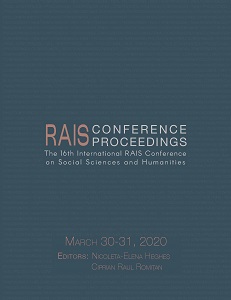Interaction Effect of Dual N-back Working Memory Training and Anxiety Levels on L2 Writing Performance
Interaction Effect of Dual N-back Working Memory Training and Anxiety Levels on L2 Writing Performance
Author(s): Nawal Khelalfa
Subject(s): Foreign languages learning, Language acquisition
Published by: Scientia Moralitas Research Institute
Keywords: anxiety; dual N-back; interaction effect; second language writing; working memory;
Summary/Abstract: Burgeoning interest in the role of working memory (WM) in most cognitive endeavors has led to an increase in WM training programs. Within the field second language (L2) writing, however, WM improvement interventions are scarce, and even scarcer is research into how other variables interact WM in their effect on performance. Hence, this study examines how anxiety, often believed to be a significant impediment for both WM and writing, moderates the effect of WM training on writing. Learners’ (N=80) writing performance was assessed before and after Dual N-back WM training. Writing anxiety levels were examined for any potential interaction with the intervention. Results from ANCOVA, Pearson’s correlation, and Two-Way ANOVA have revealed two things. First, writing anxiety is significantly correlated with writing performance. Second, the treatment group outperformed the control group even after controlling for both initial performance and anxiety levels. The findings indicate that there is a significant anxiety-treatment interaction effect on writing performance. Implications are discussed.
Book: Proceedings of the 16th International RAIS Conference on Social Sciences and Humanities
- Page Range: 67-74
- Page Count: 8
- Publication Year: 2020
- Language: English
- Content File-PDF

